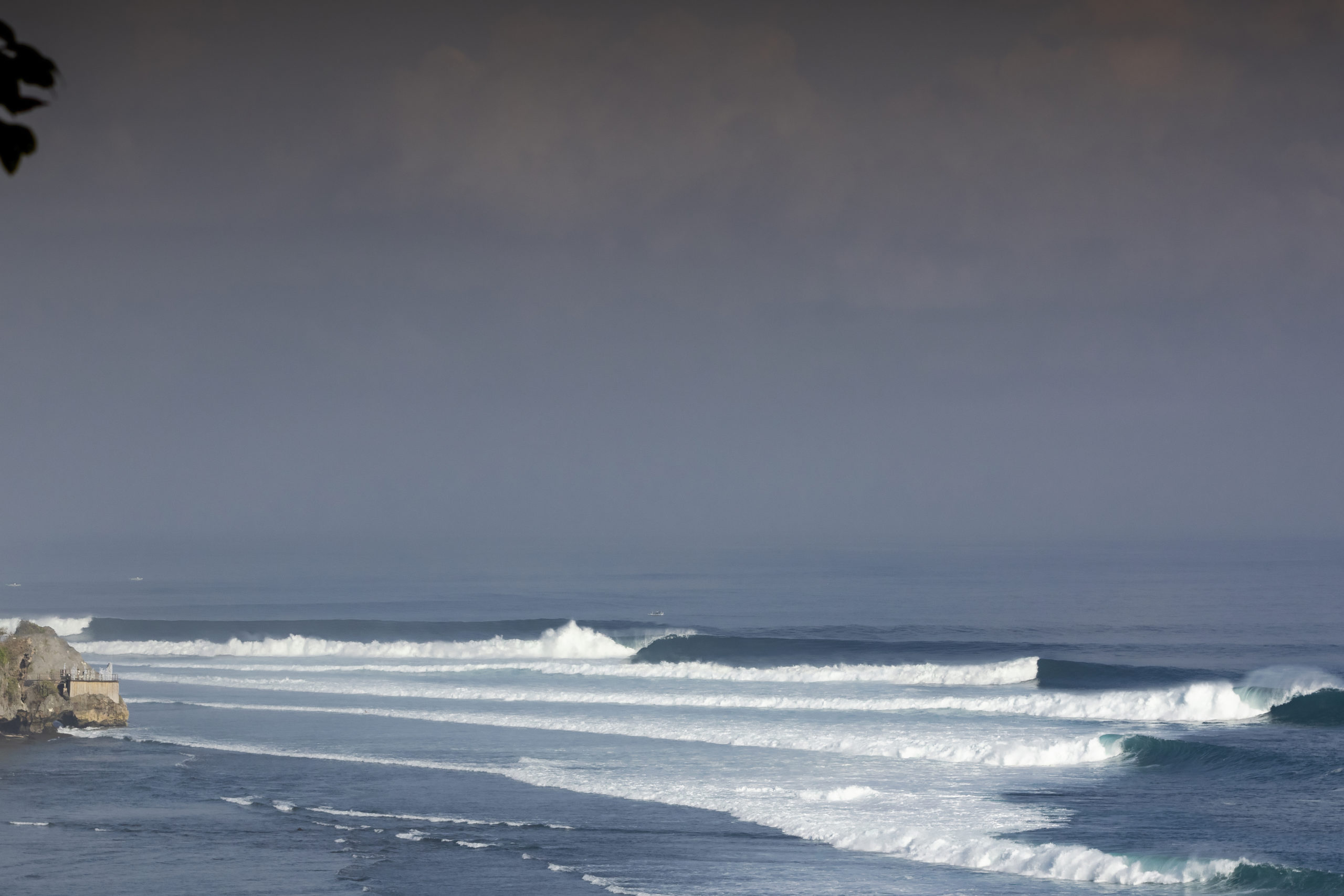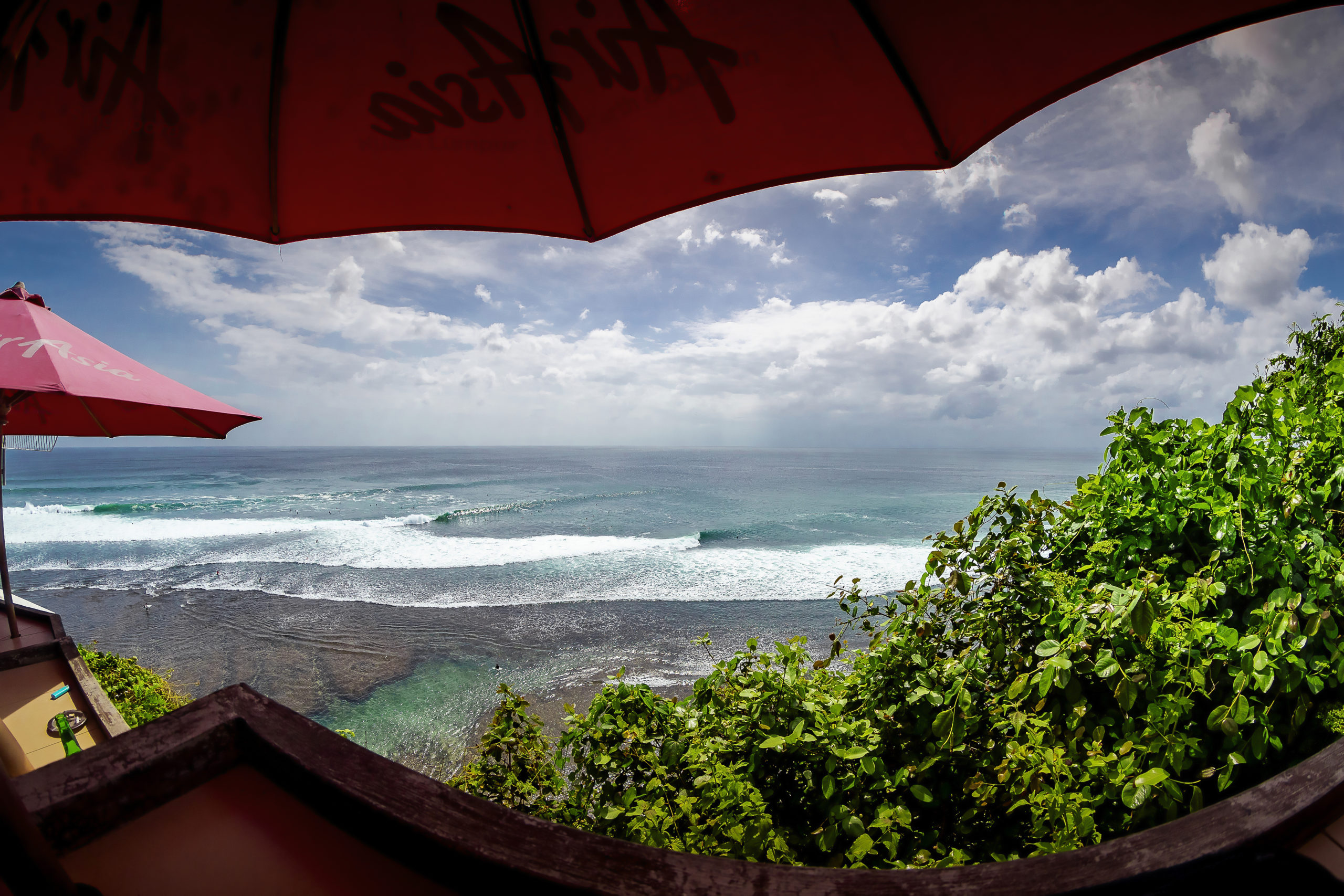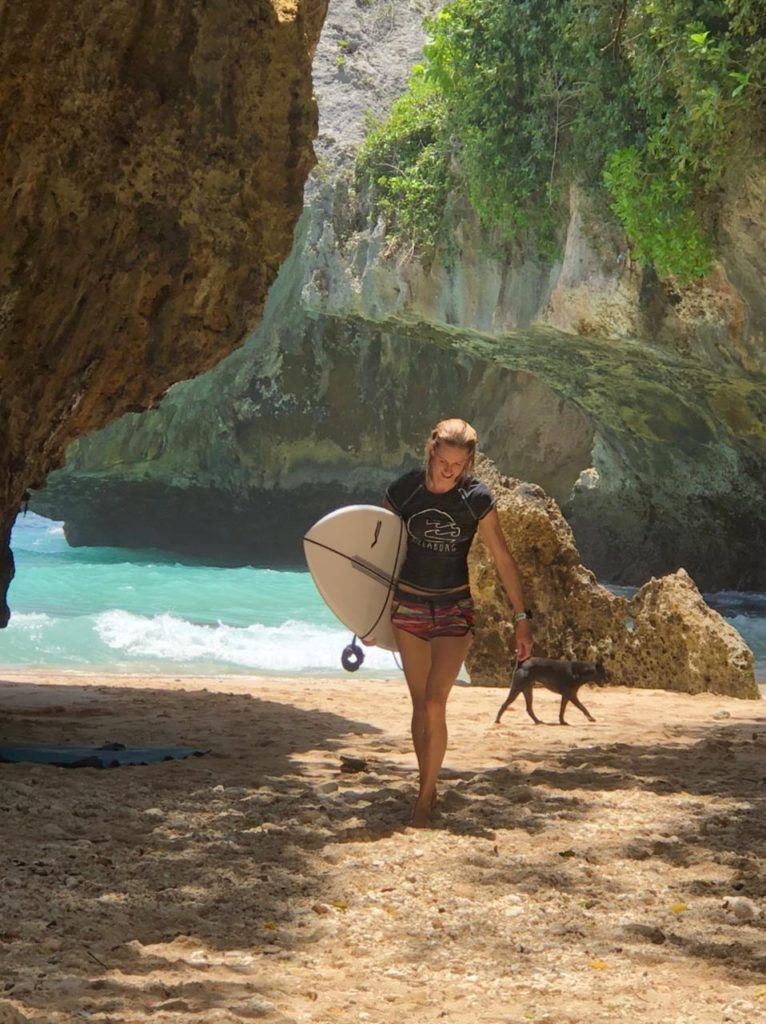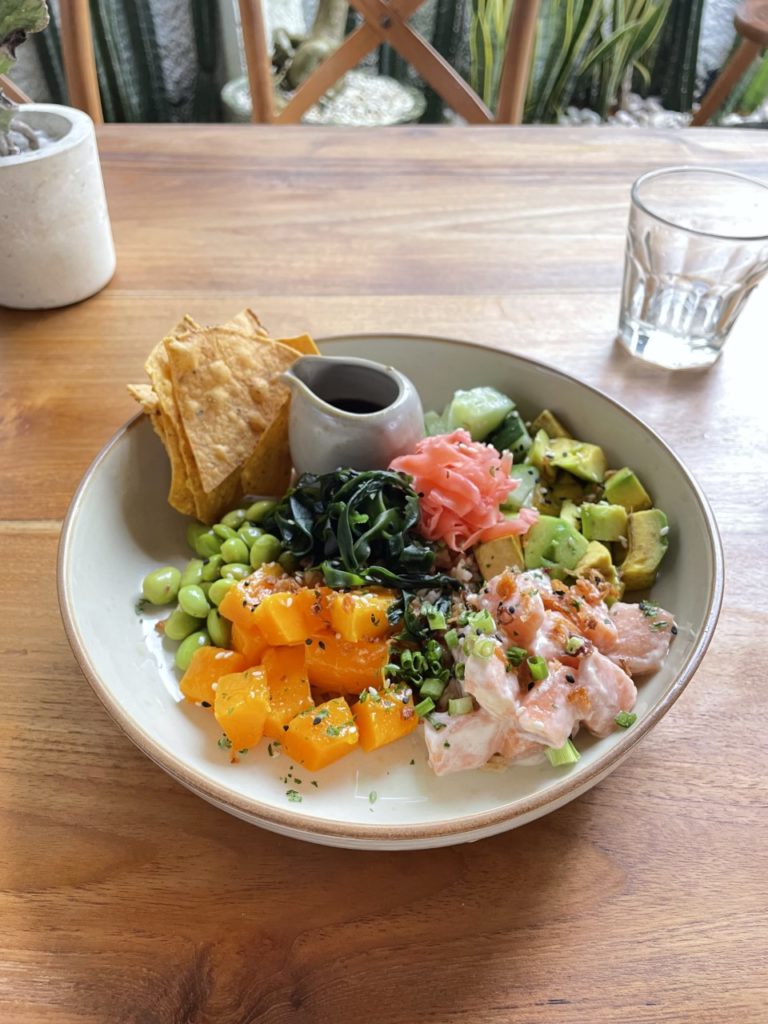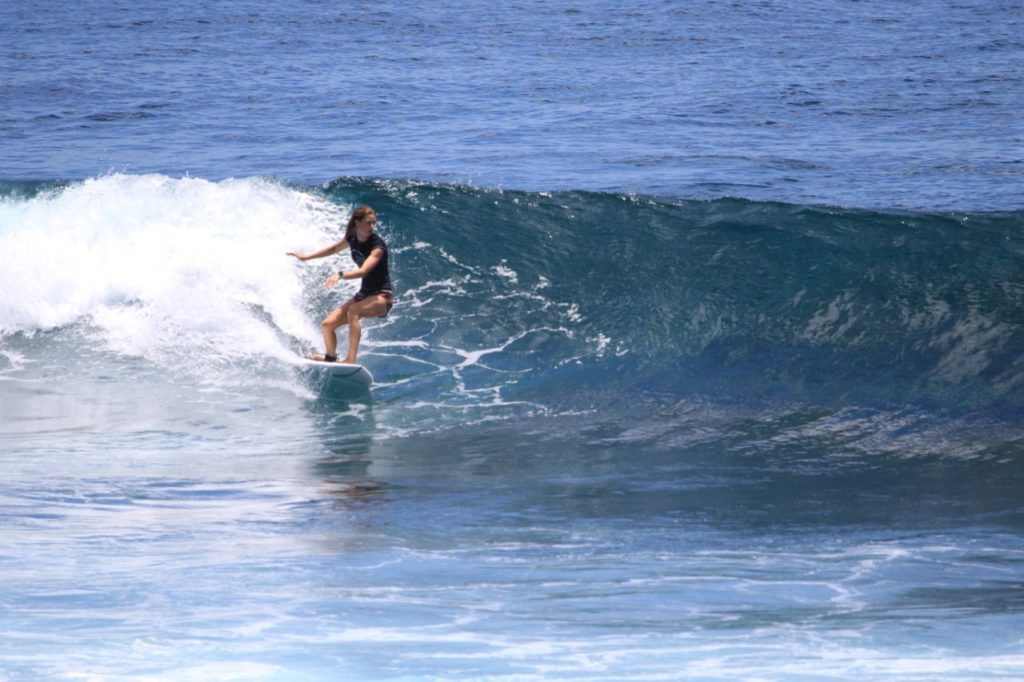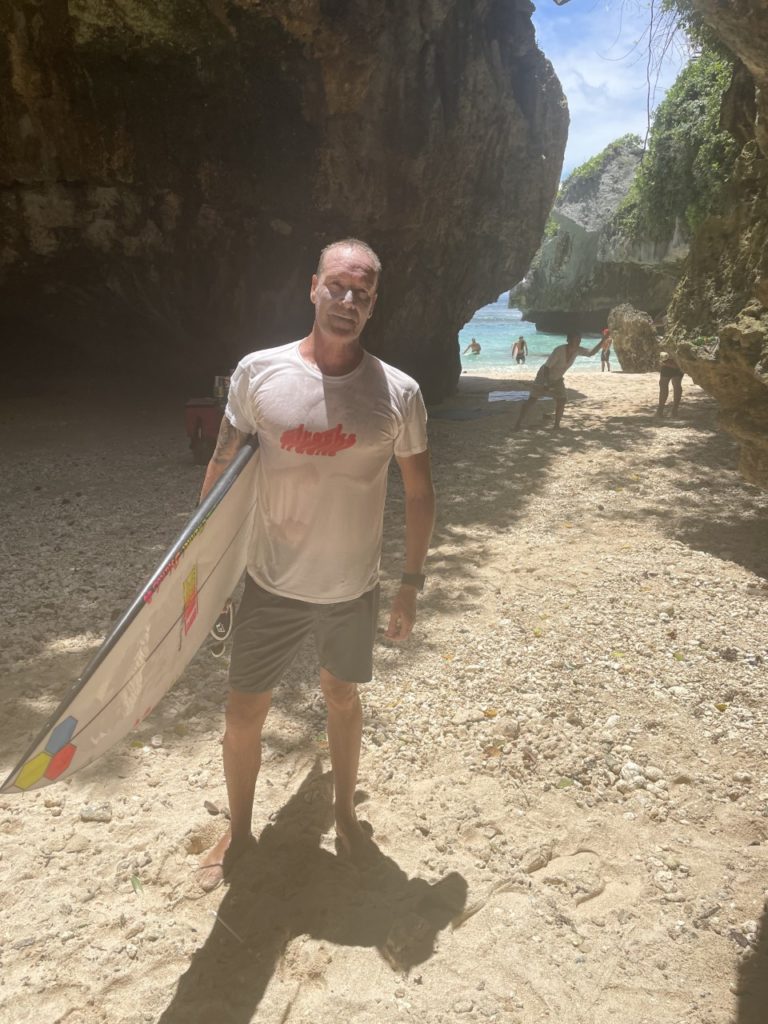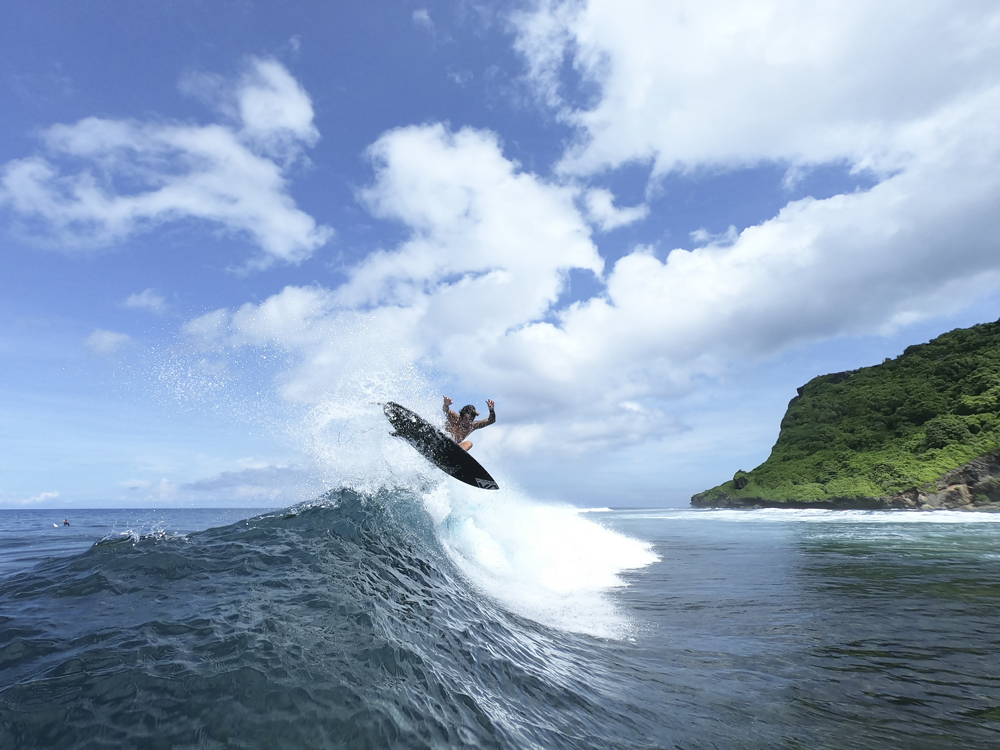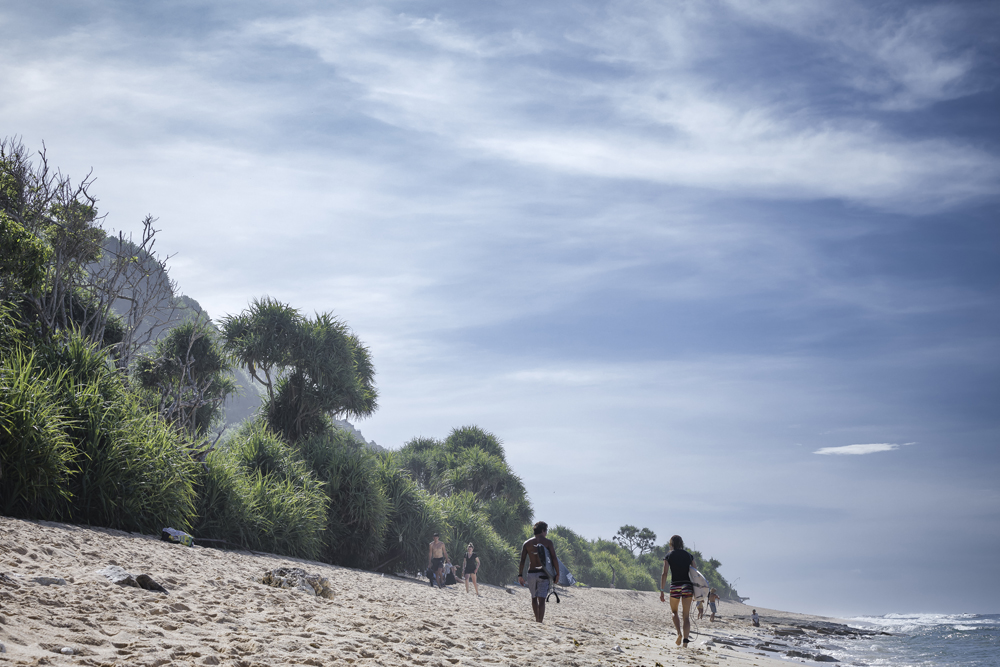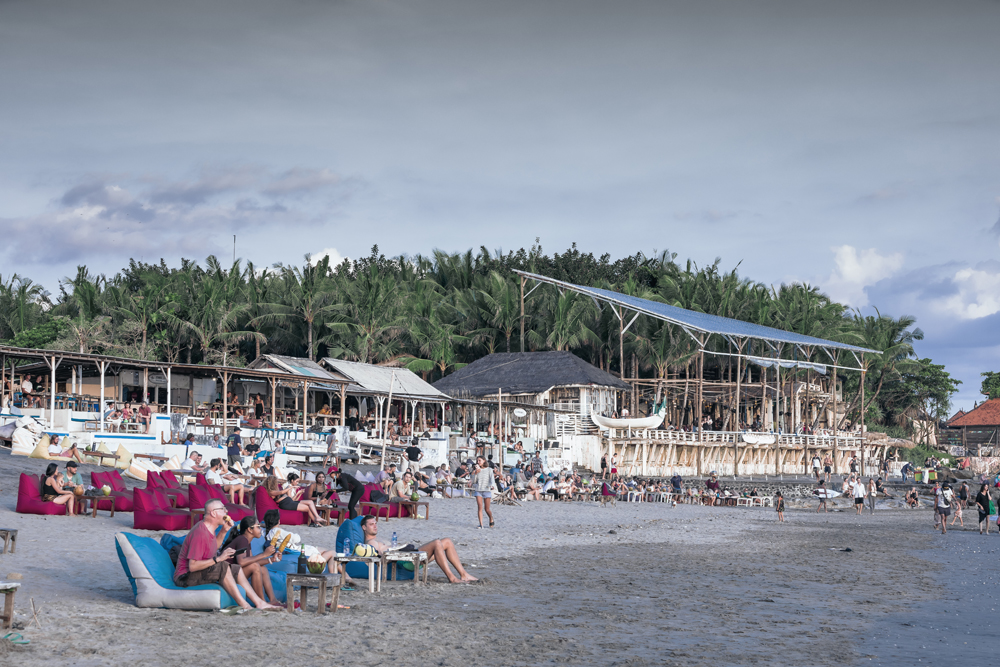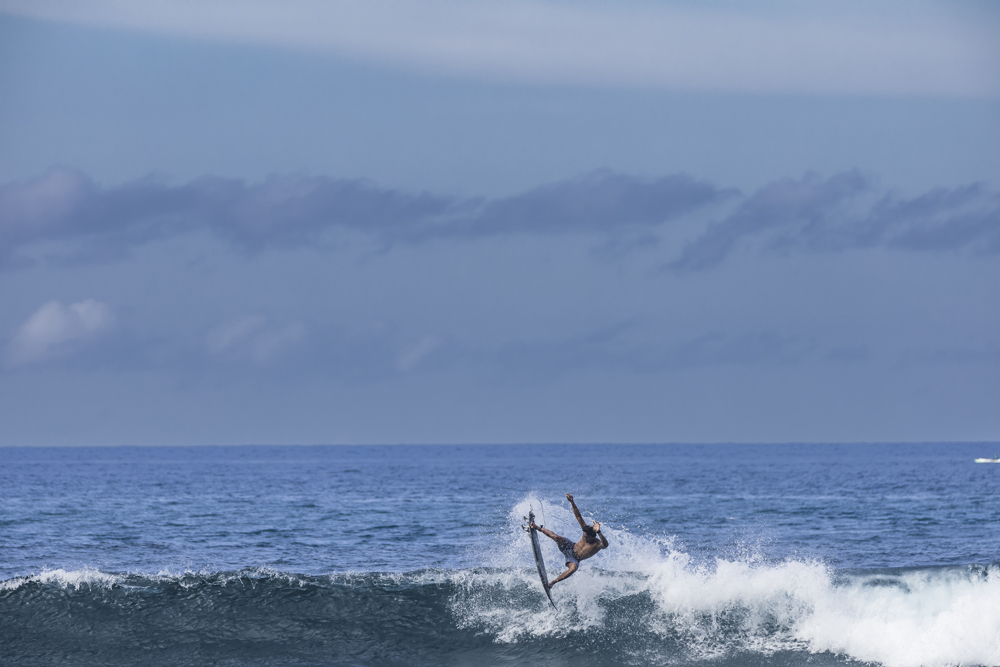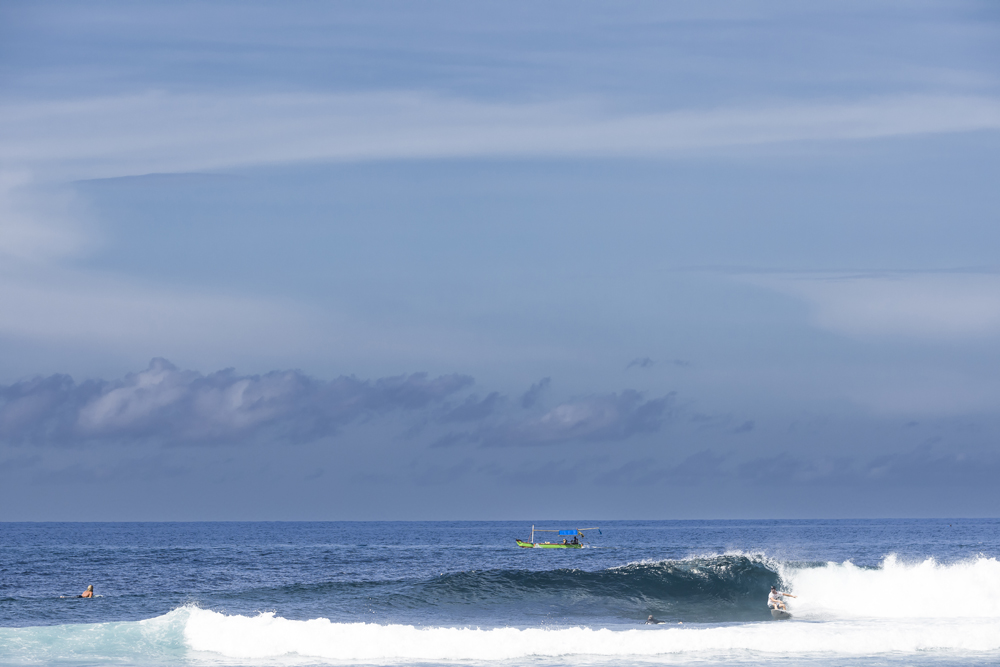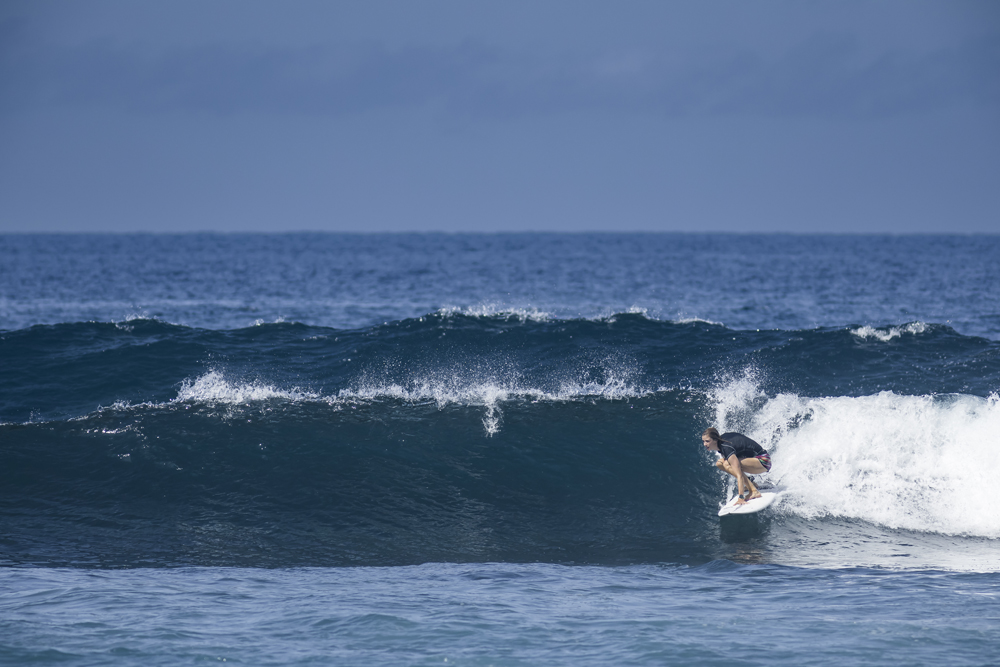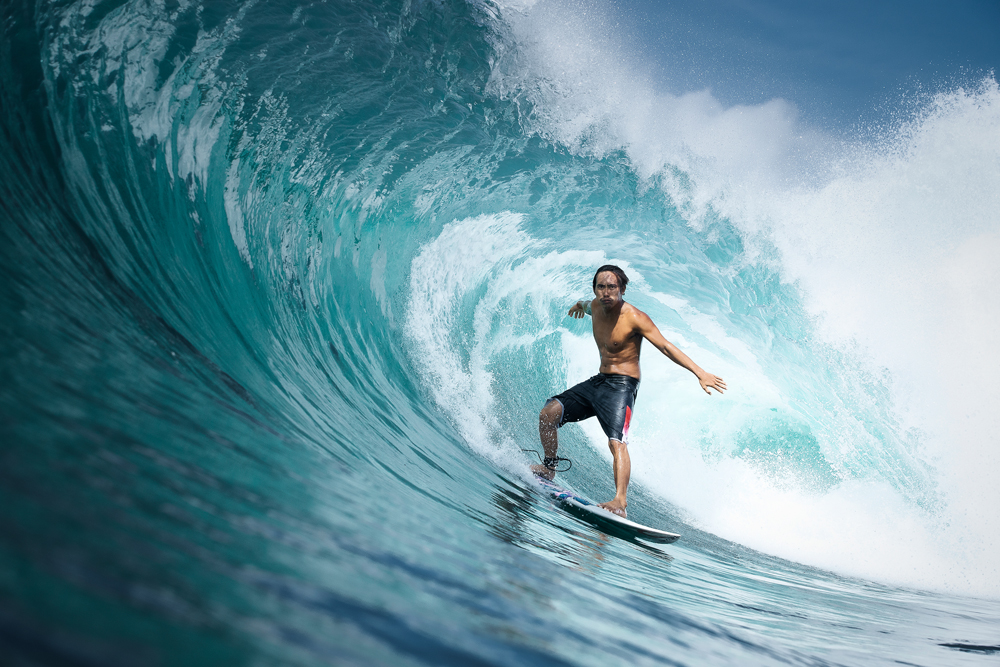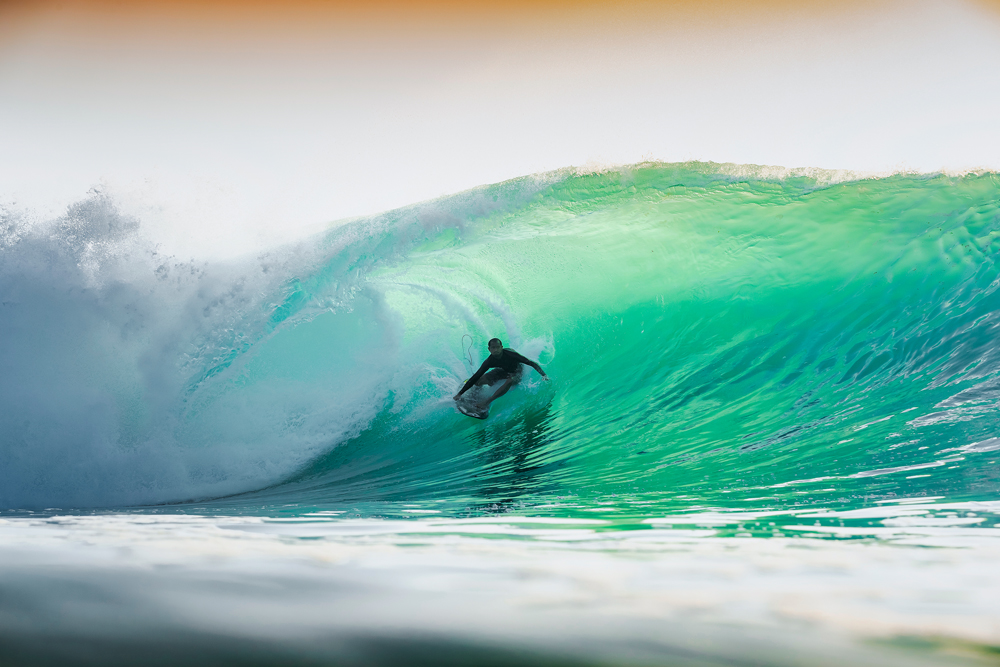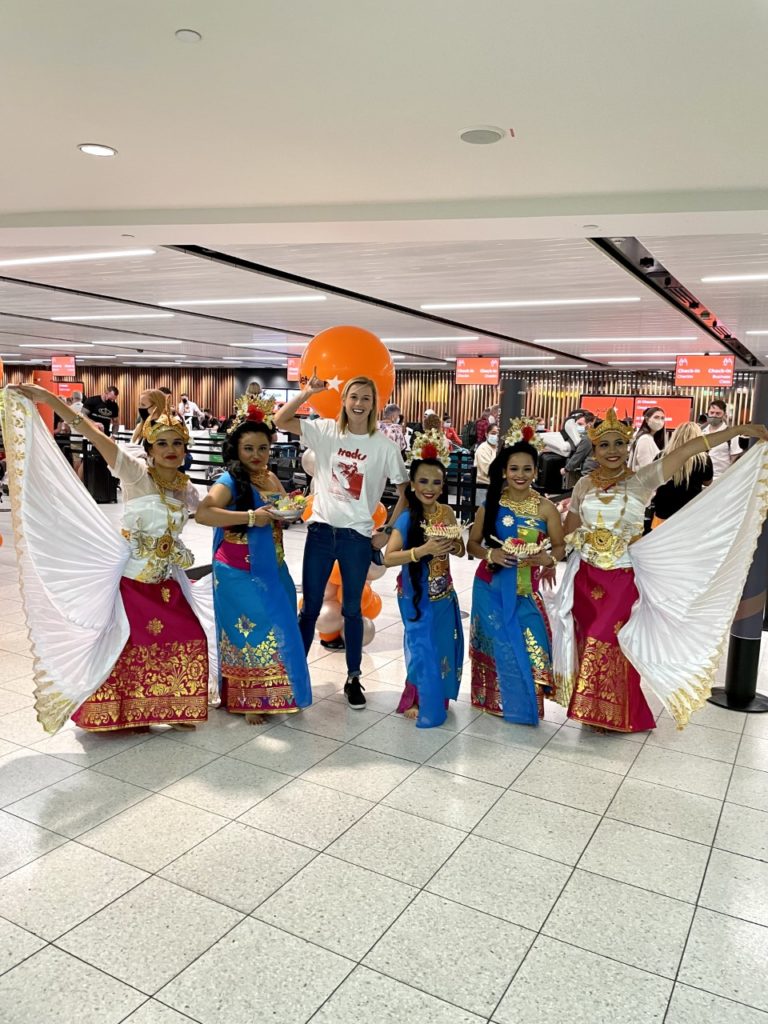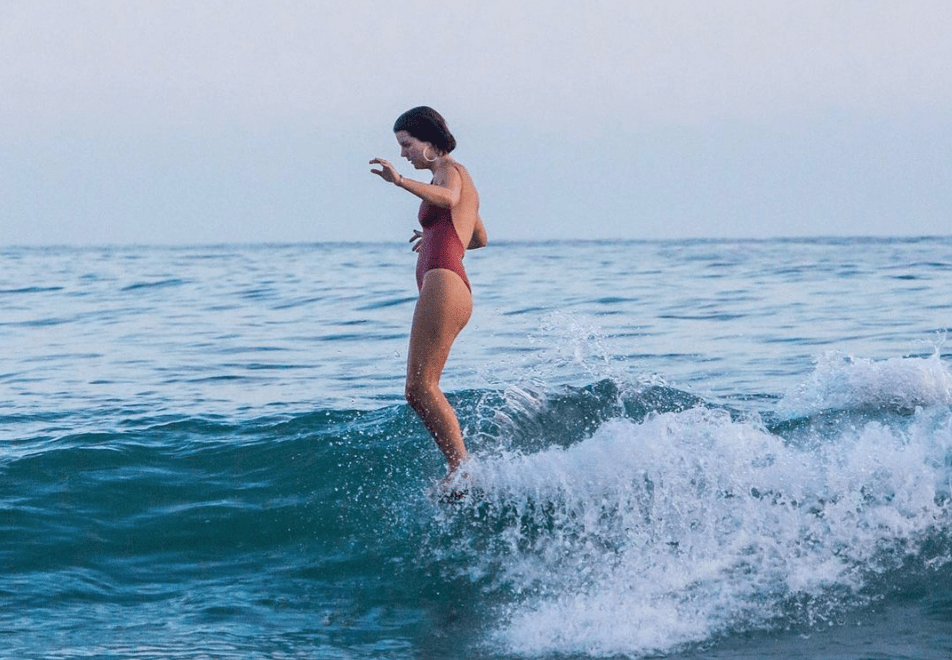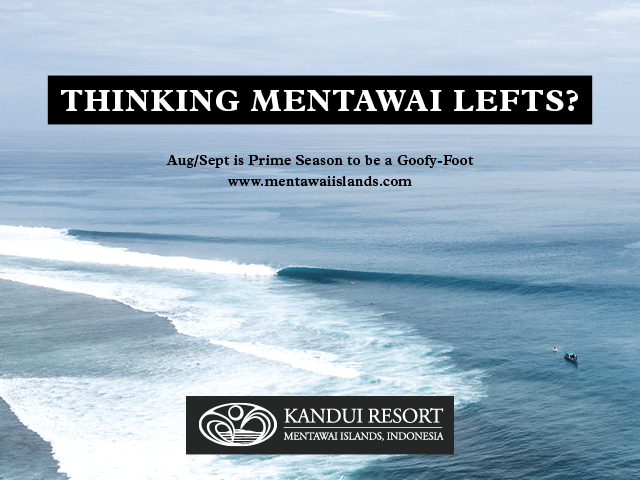It’s official: Bali is back.
On 14 March 2022, Jetstar welcomed the first wave of Australian tourists back to the island since the beginning of the pandemic. The mood on board was excited – passengers cheered as the aircraft jolted down on foreign soil for the first time in two years. But there was also plenty of confusion. This writer witnessed at least two passengers being held back at Melbourne airport gate because they did not satisfy documentation requirements to fly.
Want to avoid that situation and get back to Bali smoothly? Read on for answers to the most common issues.
Do I need to be vaccinated?
Yes – whether you’re a fan of the jab or not, you need at least two doses of a COVID-19 vaccine to travel to Bali. You’ll also need to download an international vaccination certificate from MyGov and print it out to show to Australian airline staff and Indonesian immigration authorities. Note that those state-based phone app certificates you show to get into your local pub will not be accepted.
Is there quarantine?
No – since 14 March 2022, Indonesia has welcomed back vaccinated tourists with no requirement for quarantine or self-isolation. However, upon entering Bali you need to show proof of an accommodation booking at a government-approved hotel (a CSHE hotel) for at least three days (print your booking, along with everything else). You need to stay at that hotel and return a negative PCR test on day three. You can still go outside the hotel grounds, go to the beach, surfing and to restaurants as you usually would – you simply cannot transit to other Indonesian islands or change hotels before the day three test.
Find a list of approved hotels here.
What are the PCR testing requirements?
Prepare for a few nose tickles! The Australian government requires you to return a negative PCR test within 48 hours of leaving the country. This costs $79 and can be done at a Histopath clinic – not just any regular testing clinic. The airport clinics at Melbourne and Sydney are very quick and can return results in under an hour.
When you land in Bali, you also need to take another PCR test at the airport (approx. AU$50). You then take a test on day three of your stay in Bali, and finally, a test within 48 hours of departure back to Australia. These can usually be arranged by your hotel – just ask reception.
What other documents do I need?
You will need to complete an Indonesian Electronic Health Alert Card (“e-HAC”), which you can download via this app. The process takes a while and requires you to upload some documents, so prepare to do that before you arrive at the airport. Other passengers will hate you if you get to check-in counter and spend 20 minutes holding up the line.
You also need to purchase travel insurance covering you for up to $25,000 in case you get sick. Many policies have unlimited medical cover, so this is a fairly easy bar to meet – Covermore, Jetstar and 1Cover all offer suitable options. Bring printed proof of your policy with you.
When you arrive in Bali, you will need to purchase a visa on arrival for the equivalent of about AU$50 (this was the case before the pandemic).
What happens if I test positive for COVID-19?
The rules around isolation requirements are changing rapidly in Bali; but the current advice is you will need to isolate in your hotel for at least seven days, at your own expense. If you develop severe symptoms, you will need to go to hospital – also at your own expense. Hence why travel insurance is a must.
Some luxury hotels now have dedicated quarantine wings for this purpose. It’s best to email and ask your hotel about the process if you have any concerns.
Sounds like a lot, is it worth it?
There’s no getting around it: the first day of PCR testing, airport queues, a six-hour flight, more queues, more swabs, is a drag. You’ll need to summon the patience of Hindu gods as you sit in those agonisingly slow, socially distanced airport queues.
However, once you’ve hurdled through the bureaucracy, a trip to Bali in this post-pandemic period is as magical – if not more – than ever. Personally, I forgot the stress of pandemic travel as soon as I stuck my head out the window of an airport taxi to suck in that gloriously hot, muggy Indonesian sunshine. Escaping Sydney floods and a soggy La Nina summer was a treat in itself.
Any remnants of nose swab discomfort cleared out with salty duck dives in glistening Uluwatu waters. There were few tourists around, meaning roads were empty, so it was easy to whiz around the island to different breaks. You can drop into previously booked-out restaurants without calling ahead. Lineups are not totally empty – but there are fewer wave-hungry, impatient visitors in the water. The surfers are mostly locals, and the vibe is very chilled.
Overall – yes, it’s worth it. I’d go back tomorrow.
